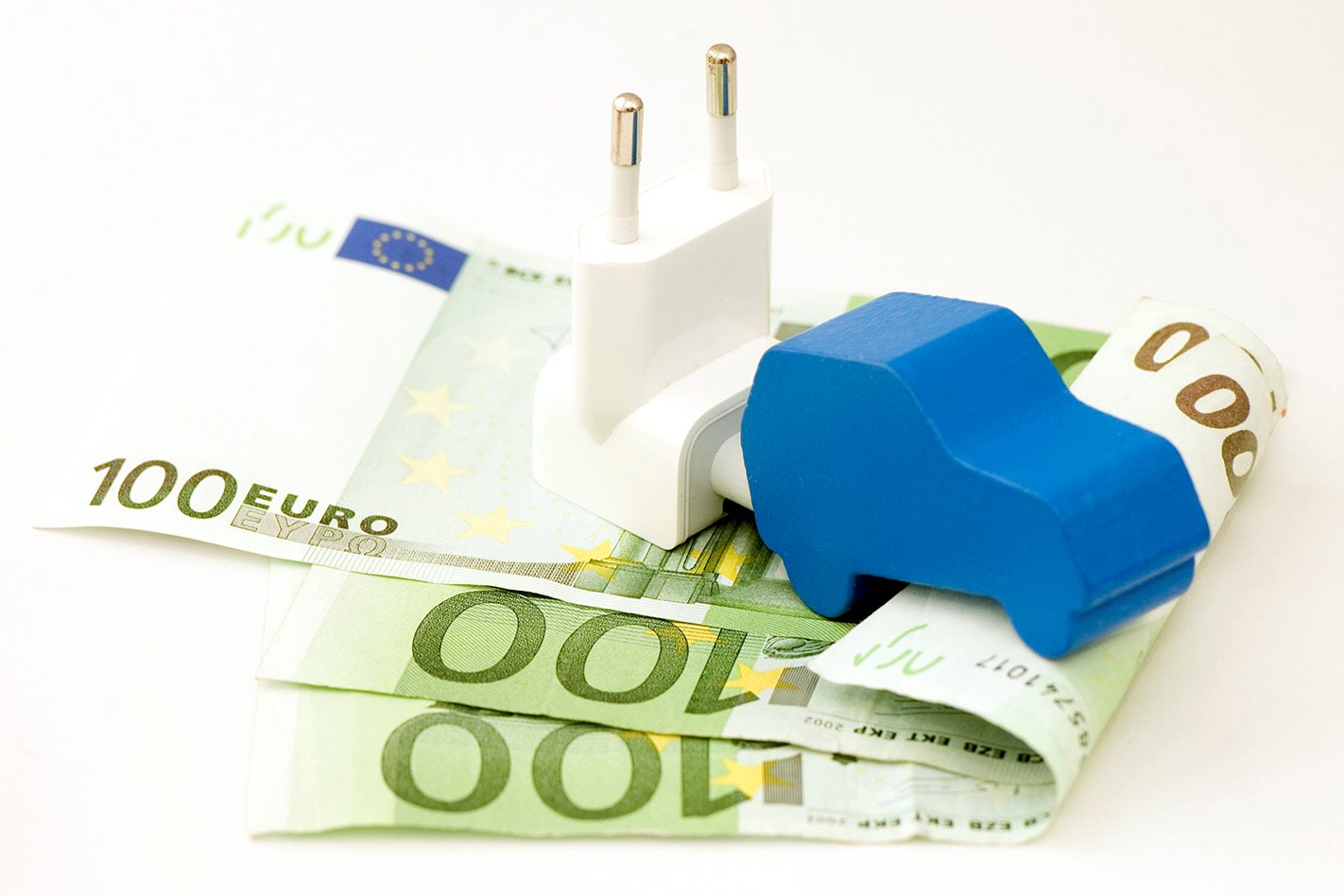
The good news about the list of Australian state and federal incentives for EV ownership is it takes just 30 seconds to read.
The bad news is, the lack of incentives means Australia still lags behind much of the developed world in terms of EV ownership, which means most Aussies are missing out on the opportunity to own a car that’s cleaner, quieter and more affordable to run.
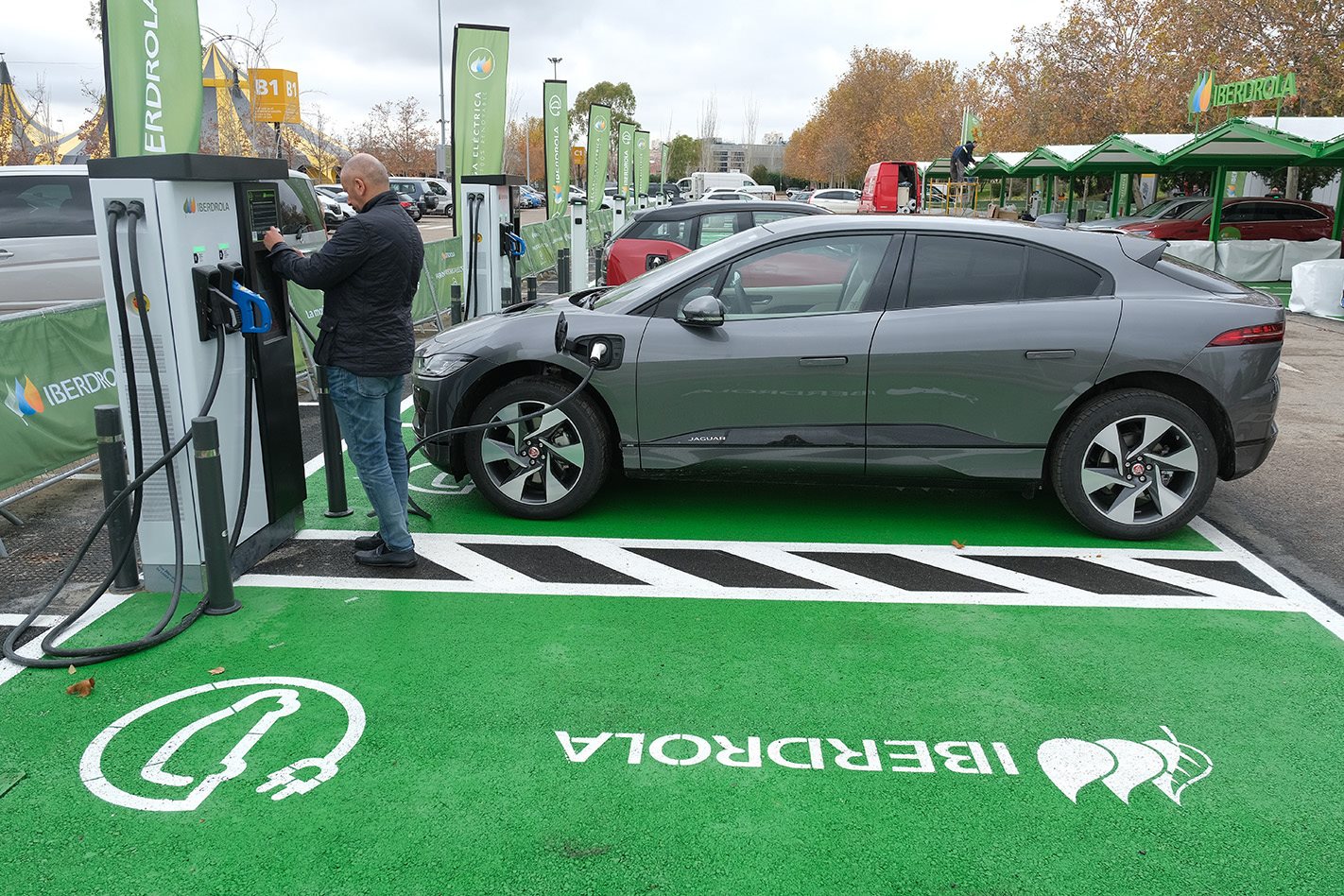
According to Australia’s Electric Vehicle Council, key incentives toward broader EV ownership can include financial subsidies to help bridge the gap between the cost of an EV and internal combustion engine (ICE) vehicle.
These include tax rebates, infrastructure subsidies, stamp duty exemptions, and registration discounts. Non-financial incentives, such as access to bus lanes and parking, could also help.
Such incentives would have a flow-on effect by encouraging manufacturers to bring more battery-electric vehicles (BEVs) and plug-in hybrid vehicles (PHEVs) to the Australian market, which increases choice and competition to further bring prices down.
Federal Government EV subsidies
There are no national incentives directly aimed at making EVs more affordable, however, some battery electric vehicles (BEVs) benefit from a higher Luxury Car Tax threshold for fuel-efficient vehicles consuming less than 7.0L/100km or less, from $68,740 to $77,565.

This only benefits BEV models that fall within this price range, such as the Tesla Model 3 Plus and BMW i3 S.
State government EV subsidies
Just three Australian states and territories offer discounts on stamp duty and registration including the Australian Capital Territory, Queensland and Victoria.
ACT
No stamp duty is charged for new BEV purchases and owners.
Free registration: Drivers of emissions-free vehicles current receive 20 percent discount in their registration. This has been extended to free registration for the first two years to come into effect soon.
Interest-free loans: In November 2020 the new ACT Government announced zero-interest loans of up to $15,000 to assist with the upfront costs of investing in zero-emission vehicles.
Queensland
Stamp duty discounts: The Sunshine state offers a slight discount on stamp duty for BEV and hybrid buyers – $2 per $100 up to $100,000, and $4 per $100 for more than $100K.
By comparison, internal combustion engine (ICE) vehicles priced below $100,000 charge between $3 and $4 per $100 depending on the number of cylinders, or between $5 and $6 for cars costing more than $100K.
Victoria
Stamp duty rate exemptions: EVs, or any vehicle that emit less than 120g/km of carbon, are exempt from the state’s “luxury vehicle” rate of stamp duty, paying a flat rate of $8.40 per $200 of market value.
This has no impact on vehicles priced up to $68,740 – such as the Hyundai Ioniq and Kona Electric or Nissan Leaf – but does offer considerable savings for vehicles priced beyond that amount.
Registration discount: BEVs and hybrids also receive a $100 annual discount on vehicle registration.
Road tax: Unfortunately, Victoria’s modest EV subsidies have been swamped by a 2.5c/km road tax on zero-emission vehicles such as BEVs and Hydrogen Fuel Cell vehicles and 2.0c/km on Plug-in Hybrids. South Australia and New South Wales have proposed similar taxes.
No real incentive
Even before you include the state road taxes, the above subsidies don’t do much to bring the entry-level pricing of EVs to a more affordable level.
The cheapest EV in Australia the Hyundai Ioniq Electric Elite retails for $48,970, which means the only benefits it receives are stamp duty concessions in the ACT and Queensland and registration discounts in ACT and Victoria.
In each case, we’re talking less than $1000 during the year of purchase, which is far from the discount required to bring it anywhere near parity to say a similar sized and equipped 2.0-litre petrol Hyundai i30 Elite priced at $30,790.
So how much cheaper will the Ioniq be if Australia followed the lead of countries with generous EV incentives, such as the UK and Germany?
UK EV subsidies
National subsidies
Purchase grant: Buy an EV or plug-in hybrid vehicle (PHEV) in the UK and Boris will throw in 35 percent of the cost up to £3500 ($6440) depending on the model.
Excise duty discount: All EVs costing less than £40,000 ($73,600) are exempt from the annual Vehicle Excise Duty (rego) which is £500 ($920) for a 2.0-litre hatchback that emits 170g/km of carbon like the Hyundai i30.
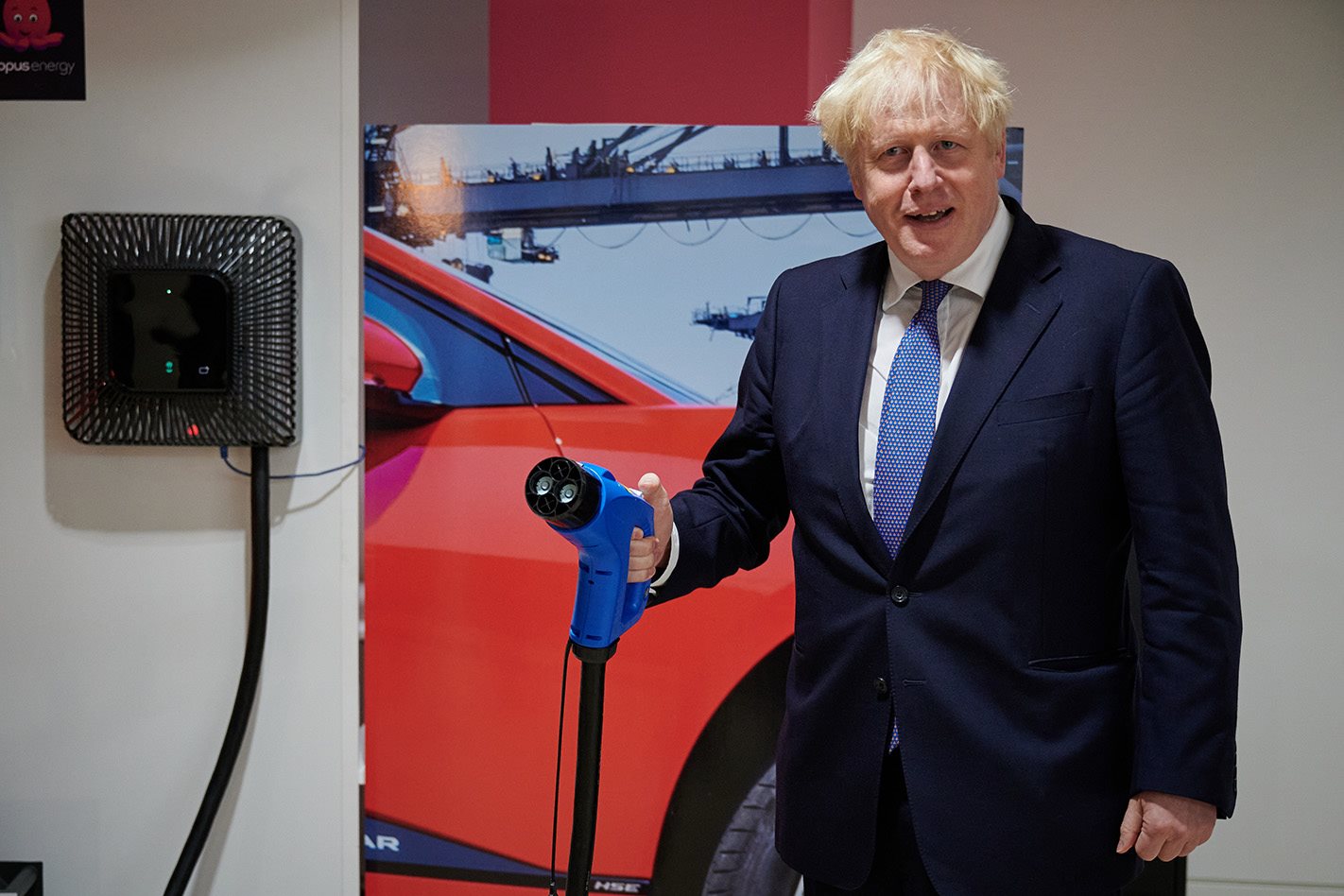
Business tax incentives: There are also a 100 percent purchase price write-downs for businesses that purchase EVs.
If Australia had similar subsidies to the UK, the $48,970 Hyundai Ioniq would now cost $42,520 before taking into account rego and regional subsidies.
Regional subsidies
Interest-free loan: Scottish EV buyers can benefit from an interest-free loan of up to £35,000 ($64,400) to switch to an EV or hybrid vehicle.
Pollution tax exemption: If you’re in London all EVs and PHEVs are exempt from the £15 per day ($28) Congestion Charge until 2025.
Free parking: Many local government areas offer free and discounted parking for EVs.
Charger grants: The UK government even provides a grant of up to 75 percent off the price of a home EV charger capped up to £350 ($650).
Germany
National
Purchase grants: In June 2020, the German Government doubled its EV grant from €3000 to €6000 ($9950) until the end of 2021.
In addition, the EV manufacturers are throwing in another €3,000, bringing the total available incentives up to €9000 ($15,000) for vehicles up to €40,000 ($66,400) which brings many EV models close to parity with their ICE equivalents.
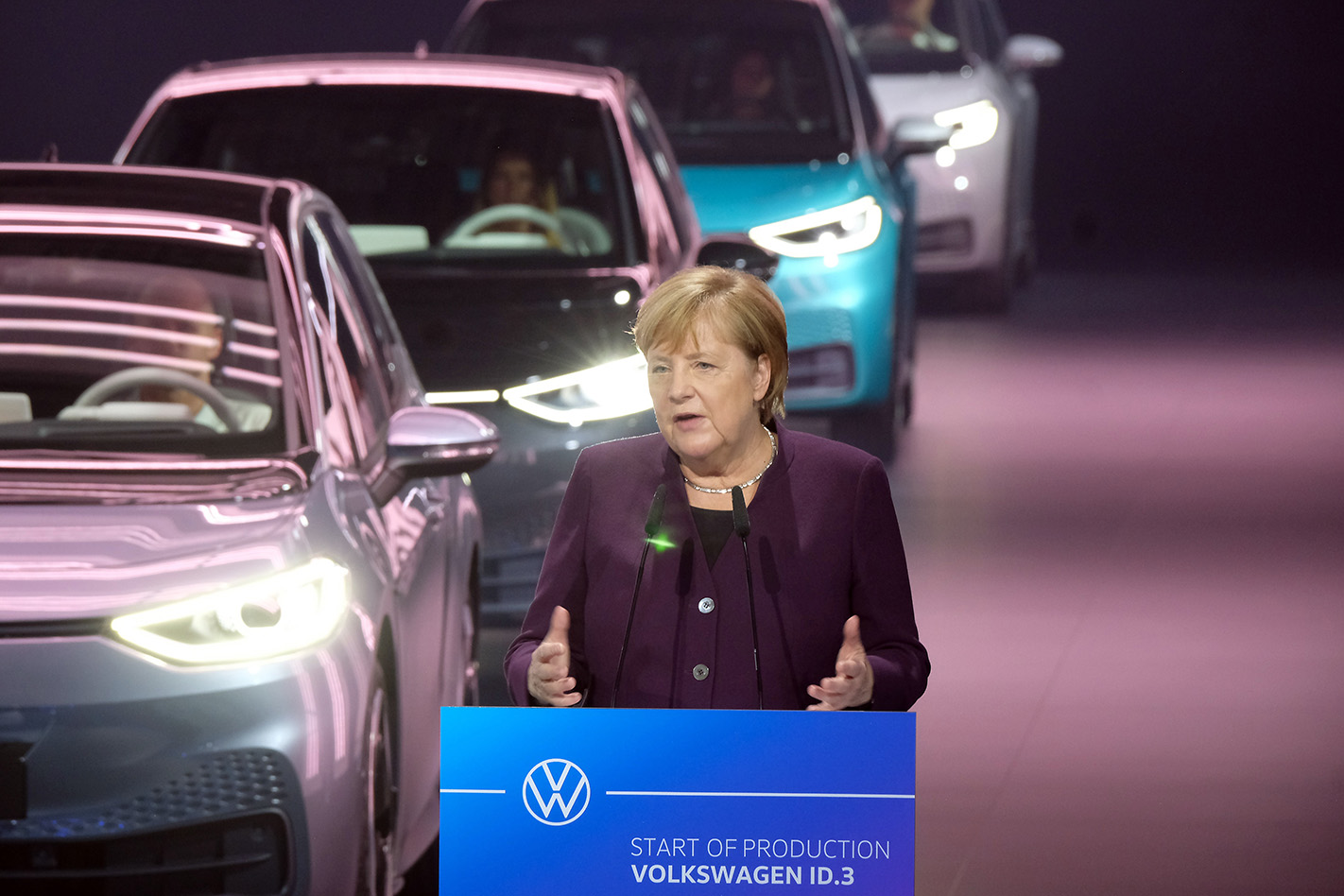
A combined incentive of €7500 (€12,500) is available for EVs costing between €40,000 and €65,000 ($108,000).
We doubt Hyundai Australia would be able to keep up with demand if the Ioniq Elite suddenly cost just $34,000.
Tax benefits: German EV buyers also receive a 10-year exemption from the annual ownership tax that varies depending on the vehicle but averages out to about €195 ($325).
Until the end of 2020, the VAT (value-added tax, which is like our GST) on EVs is reduced from 19 to 16 percent.
Regional
Depending on where you live in Germany you might be eligible for a €1,500 ($2500) EV purchase grant on top of the national EV grant.
And most German jurisdictions apply the 2015 Electromobility Law that provides EVs benefits such as free parking, reserved parking places, and use of bus lanes.
Charger subsidies
Home chargers are also heavily subsidised in Germany which makes it affordable to install a fast or rapid charger at home. Subsidies include a payment up to:
- €3000 ($5000) for purchasing wall charger up to 22 kW.
- €12,000 ($20,000) for purchasing DC chargers up to 100 kW.
- €50,000 ($83,000) for purchasing DC chargers above 100 kW.
Other generous EV subsidies around the world
China
EVs in China with a range between 150km and 399km garner a 40,000 CNY ($8500) rebate, with 50,000 CNY ($10,600) doled out to cars with ranges of at least 400km.
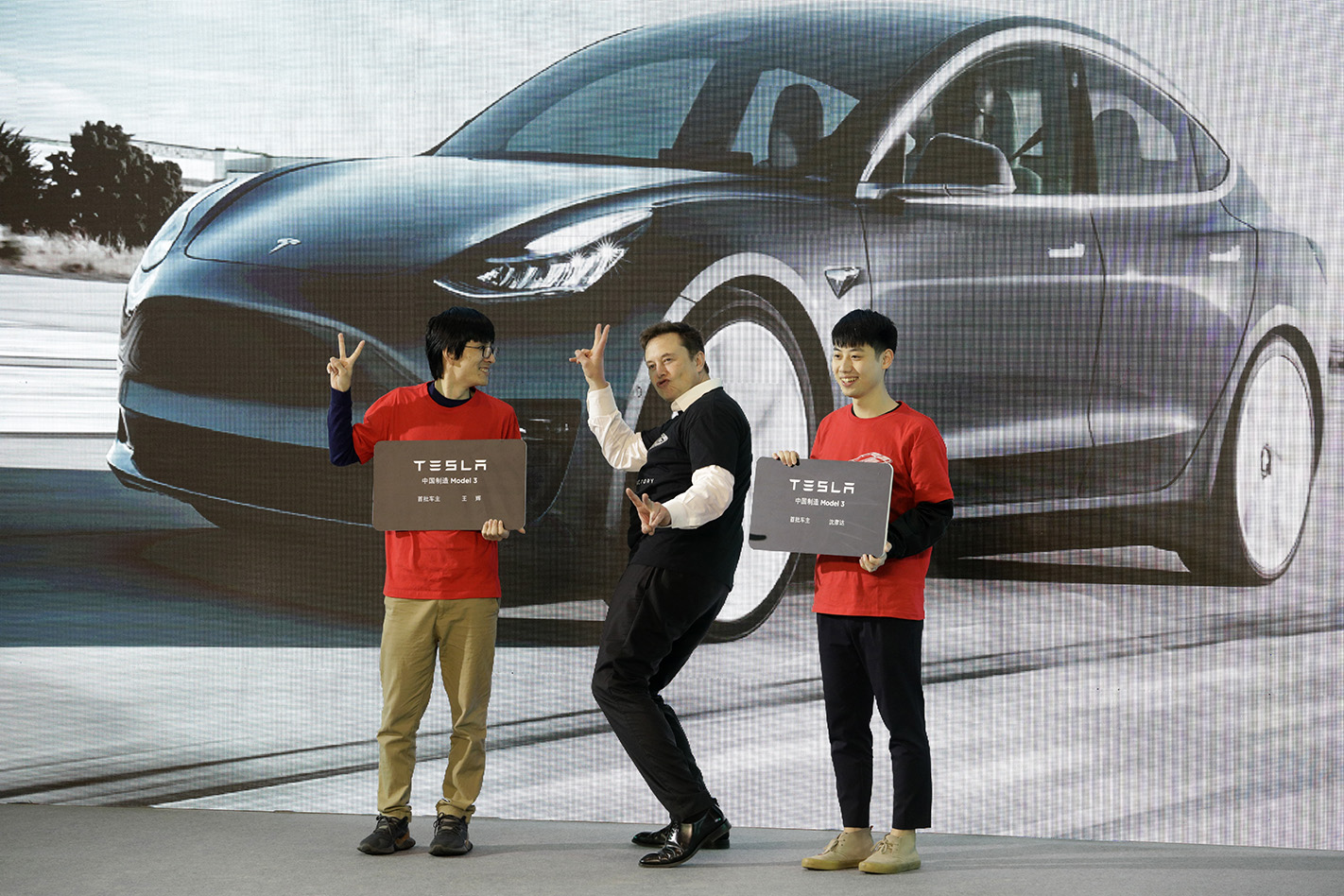
Finland
Buyers of new EVs are eligible for a €2000 ($3300) grant for vehicles costing less than €50,000 ($83,000) until November 30, 2021.
Greece
The Greek Government will cover 15 percent of the cost of a new EV up to €5,500 ($9100) for private passenger and light commercial vehicles. Vehicle owners who retire their old ICA vehicle at the same time as purchasing an EV receive an additional bonus of up to €4150.
Car charging expenses are also tax deductible.
Hungary
Electric vehicles are eligible for a 21 percent rebate up to 1,500,500Ft ($6800) and are exempt from registration tax.
Iceland
All EVs receive a VAT exemption up to ISK 6,000,000 ($60,300), with the normal rate applied to the remainder of the price. EVs and hydrogen fuel cell vehicles shorter than 5m also receive free parking in the city centre for up to 90 minutes.
Ireland
Irish buyers can claim an additional grant of up to €5000 Euro ($8320) toward the cost of a private EV. EVs are also exempt from the Vehicle Registration Tax (VRT) up to €5,000 and attract the lowest rate of annual road tax, which is based on emissions.
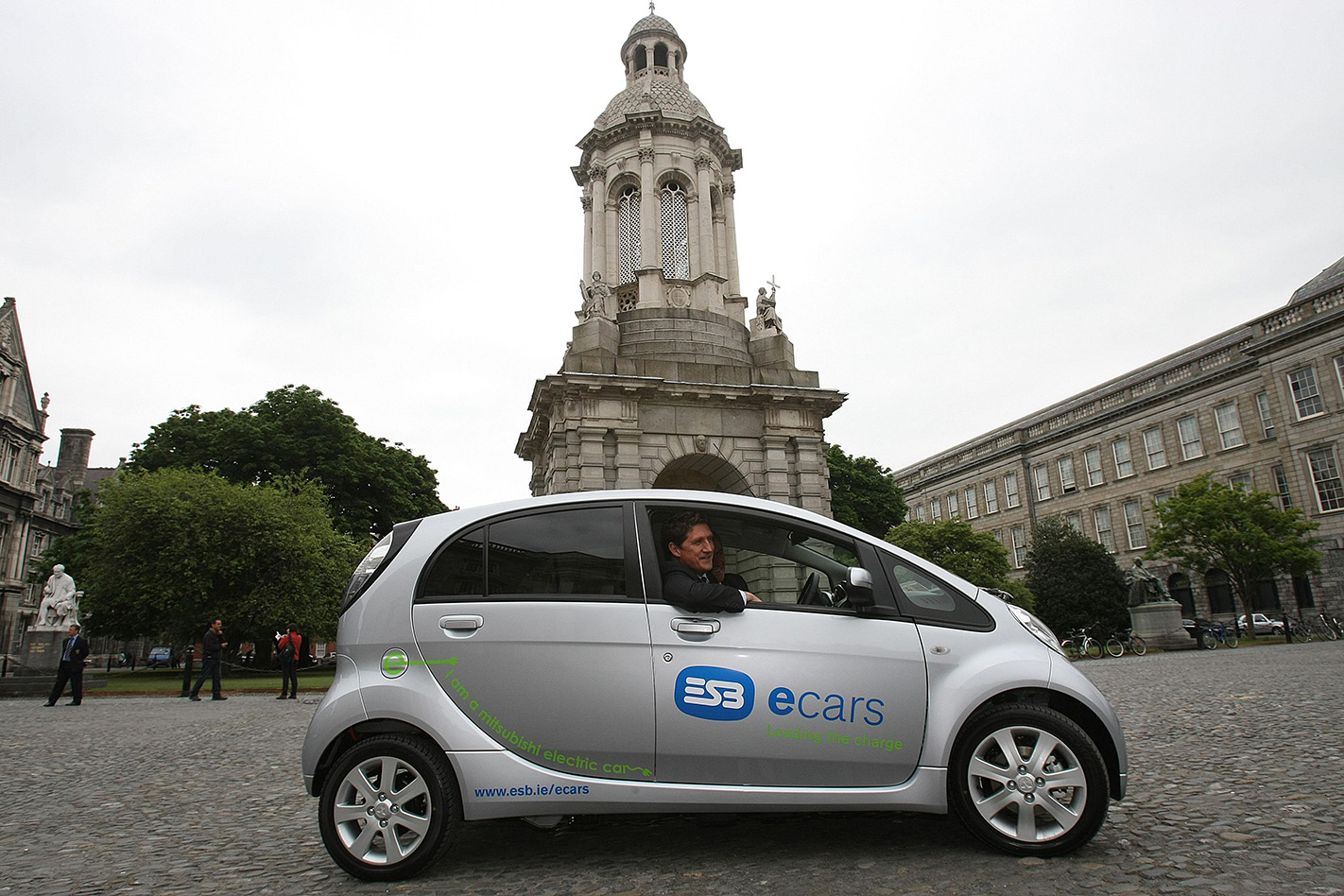
Italy
EVs benefit from a subsidy that sees low emission vehicles eligible for grants from €1500 ($2500) to €10,000 ($16,600). They are also exempt from the annual circulation tax, and ownership tax for five years from the date of their first registration.
After that, they only attract about 75 percent of the tax compared to similar-sized ICE vehicles.
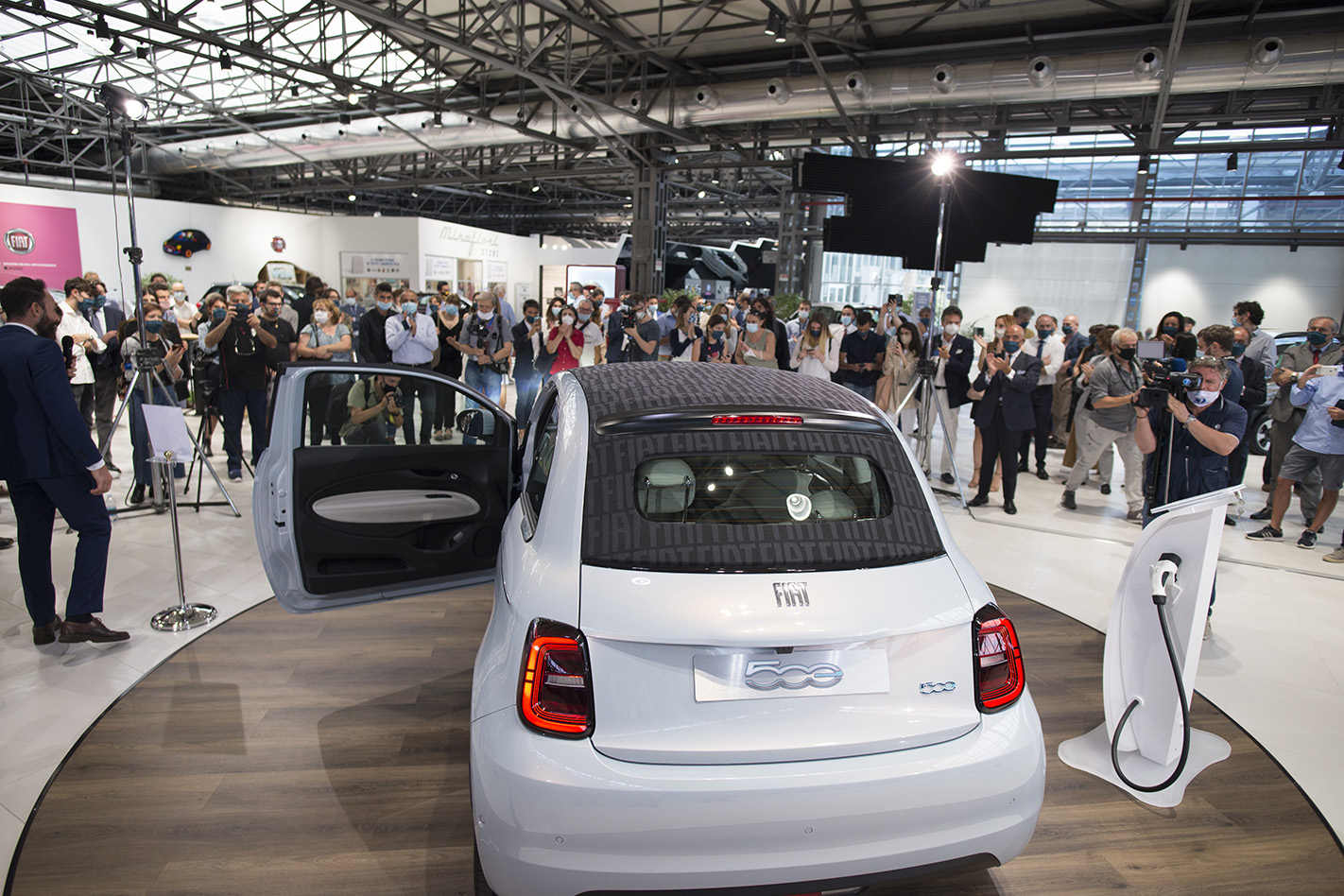
Monaco
EV buyers are eligible to receive a €9000 ($15,000) purchase grant and can park free at any public parking facility.
Romania
Romania’s ‘Rabla Plus’ grant program provides €9000 ($15,000) for the purchase of an EV and buyers receive an additional €1400 ($2300) if they retire of a car older than eight years.
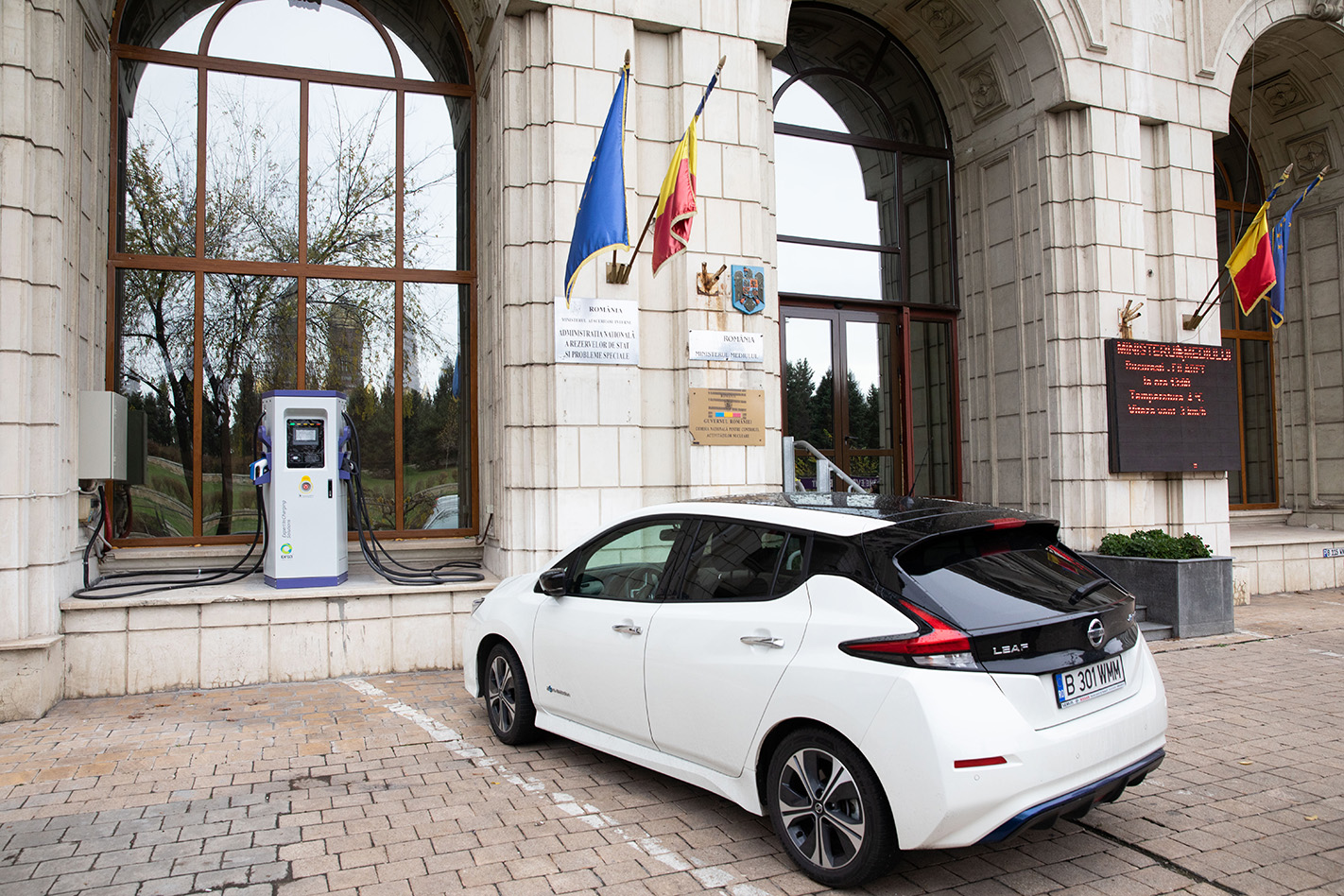
Spain
The Spanish government offers direct subsidies of up to 25 percent of the purchase price of an EV before tax up to €6000 ($10,000) per vehicle. Several regional governments grant and additional €6000.
Sweden
EV buyers in Sweden receive a 60,000 SEK ($9500) rebate.




